How Does the Knight Move in Chess: A Guide
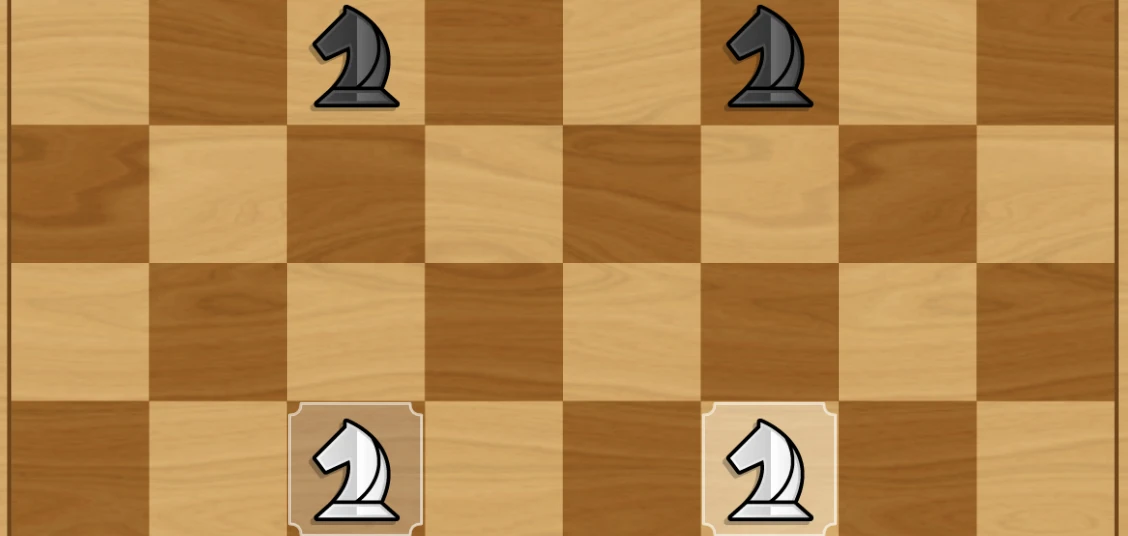
Chess is an epic board game with a rich history that can be traced back to the seventh century and is enjoyed by millions of players around the globe to this day. In fact, over 600 million adults are believed to play regularly while millions of games are played daily through a combination of online and offline sessions.
It is a game that’s relatively easy to play but very difficult to master. Whether you want to play casually or join the 8 million plus FIDE-rated players, you must first familiarize yourself with the different pieces and their specific moves. The Knight is easily the most intriguing piece and learning how to use it well will give you a major advantage over your opponent. Here’s all you need to know about the iconic piece to take your Chess strategy to the next level.
What is the Knight?
In Chess, the Knight is depicted as a horse’s head and shoulders, which is why younger players often call it the horse. Either way, both players start the game with two knights, meaning a total of four will start the game. They begin in spaces B1 and G7 (white player) and B8 and G8 (black player).
Interestingly, the Knight is one of the few pieces that has looked the same since the days of Chaturanga, although the concept of Chess changed from a battlefield to a royal court once it reached Europe. This is when the piece transformed from an “asp” (Persian for “horse”) to the Knight we now know. However, in some countries, it is still referred to as the horse.
In some themed variants, the Knight may be depicted as something else. For example, the Knight becomes a ring in Valentine’s Chess. Still, the role of the pieces starting at B1, G1, B8, and G8 remains the same.
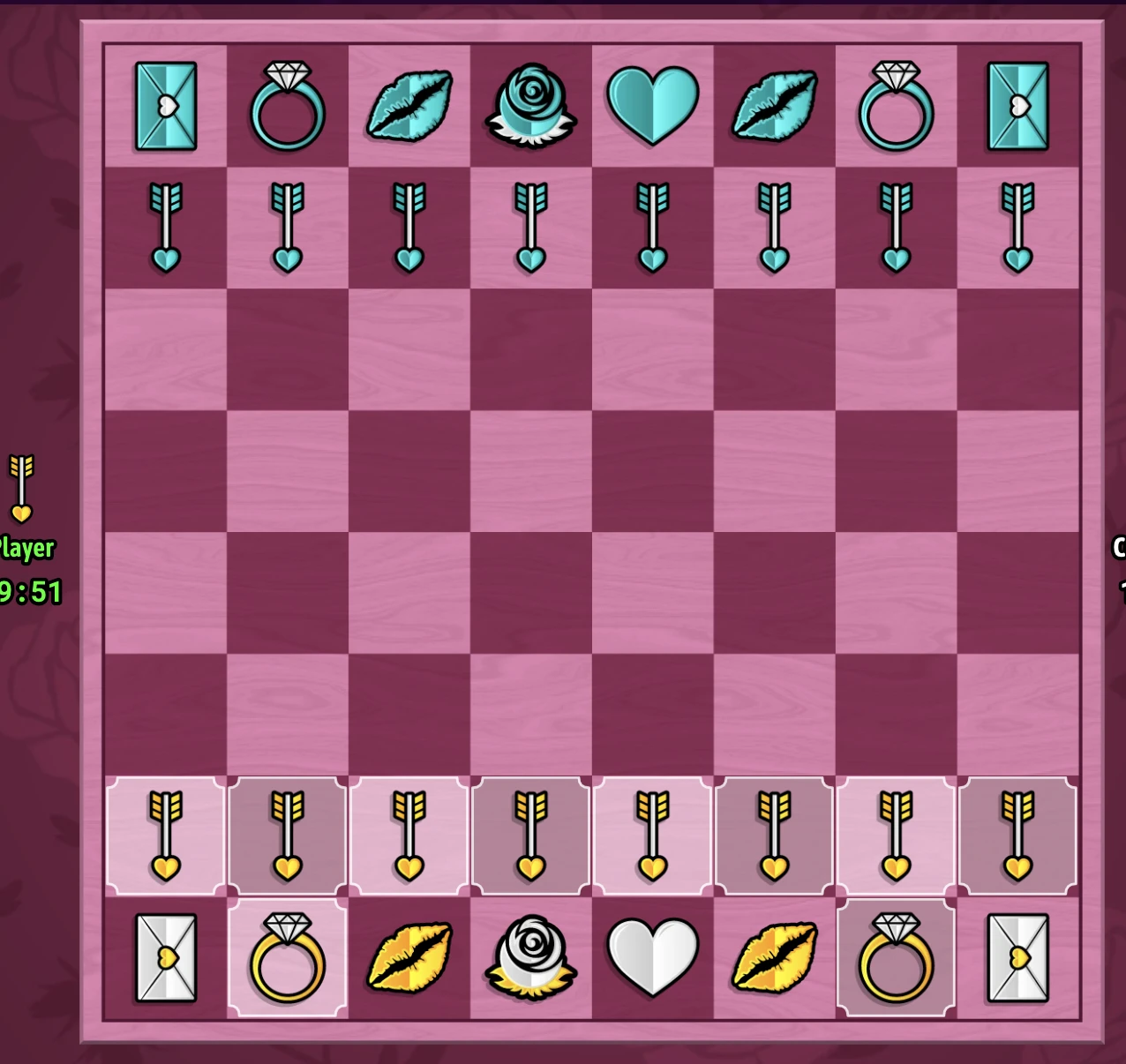
It is a minor piece valued at three points, giving it the same worth as the Bishop but less than the Rook (five points), Queen (nine points), and King.
Understanding the Knight's Movement
Every other piece on the board moves in a straight line (either vertically, horizontally, or diagonally) but the Knight moves both horizontally and vertically in one move. It moves two spaces in one direction followed by one in the other. This creates the appearance of an “L” shape. The only time it cannot land on a square that completes this movement is when the destination square is occupied by one of the same player’s other pieces.
The movement can be completed in any direction, though. So, if the Knight is in the middle of the board and is not blocked off by any of its other pieces, it could land in one of eight different spaces. If it jumps to a piece currently occupied by one of the opponent’s pieces, the Knight takes the enemy. Of course, if it’s the enemy King, this results in check or checkmate depending on the positions of other pieces.
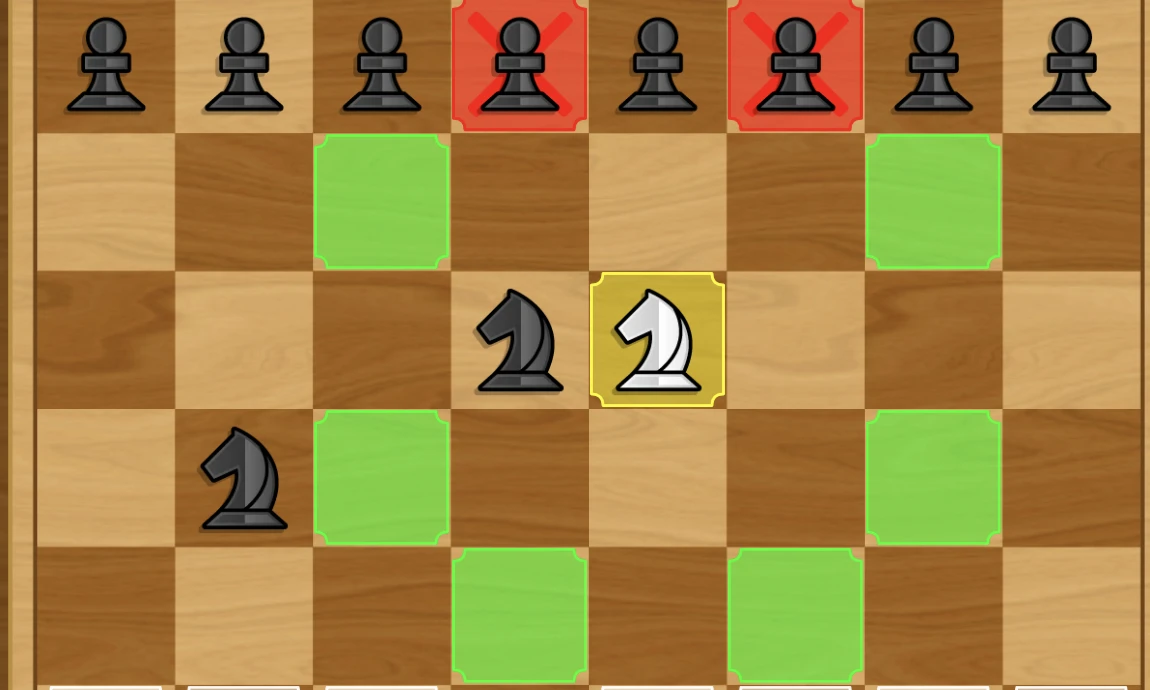
Whether playing online Chess or against a friend, a better understanding of the Knight’s movement can have a huge impact on your play by adding a new dimension to your attacks and defense.
Unique Moves of the Chess Knight
Moving in an “L shape” isn’t the only movement that is unique to the Knight. It is also the only piece on the board that is allowed to jump over other pieces as if they weren’t there, meaning it can escape situations that even the Queen cannot. For that reason, it should be easy to understand why it is regarded as one of the key pieces by any advanced strategist.
At the start of the game, for example, it is the only back-row piece that can jump in front of the pawns without first moving a pawn to create a gap. Its unique capability can serve as an excellent line of defense against attacks or to get behind enemy lines.
The Knight also always alternates between black and white squares.
Knights V Other Chess Pieces
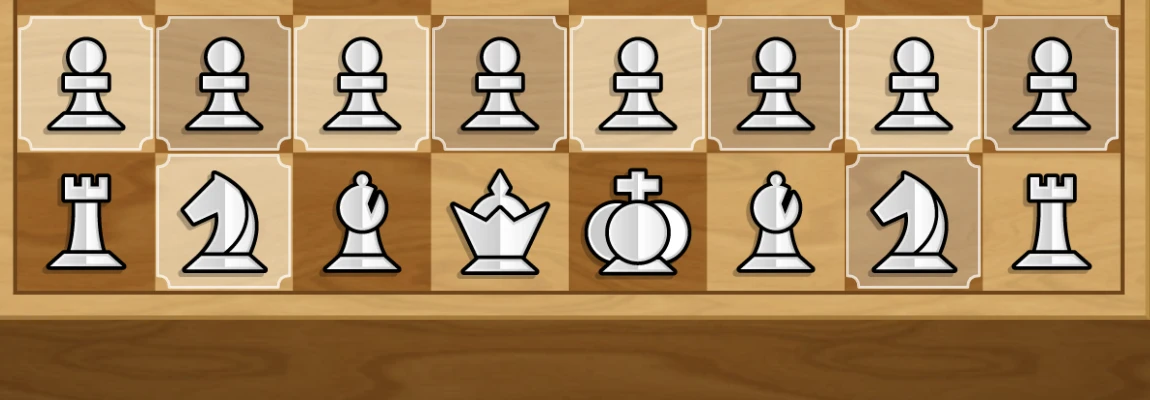
When thinking about the uniqueness of the Knight versus other Chess pieces, it becomes easy to understand why it has such an important role to play in thispsychological board game. Aside from actively turning the game upside down with the Knight’s unique capabilities, players who use their two pieces effectively can get into the minds of their opponents.
For the best results, Knights should be used together or with other pieces to create a formidable attack. Therefore, understanding the Knight within the context of other pieces is essential for integrating it into an effective attacking or defensive strategy. Let’s take a look at some key factors;
- Knights are the only piece that can jump over other pieces (both friendly and enemy pieces).
- Knights are the only piece that move both horizontally and vertically.
- However, it does have limited movement compared to the Bishop, Rook, and Queen - all of which can potentially move from one end of the board to the other in a single move.
- Knights have the unique capability, though, of trapping enemy pieces (excluding the enemy Knights) as they can jump over blocked spaces that the enemy piece cannot.
- Because the other pieces only move along one straight line, Knights can also attack an enemy piece without necessarily opening itself up to attack.
- However, knights are restricted as they cannot simply move exclusively along the X or Y axis of the board. This also means moves are limited when stuck in rows A or H.
Strategies for Using Knights Effectively
If you truly want to thrive at Chess, using the Knight(s) more effectively is essential. While there are some dedicated moves to consider, the following simple steps should instantly put you on the path to successful Knight usage;
- Develop your Knights early. Getting them in front of the pawns will open up the board and allow you to open a multi-pronged attack later on.
- Try to occupy the central positions of the board as this will ensure that all eight available moves (or at least the majority) are open.
- Create outposts. This is when you take advantage of the opponent’s pawn setup by targeting the holes in the formation and blocking off pawn movement.
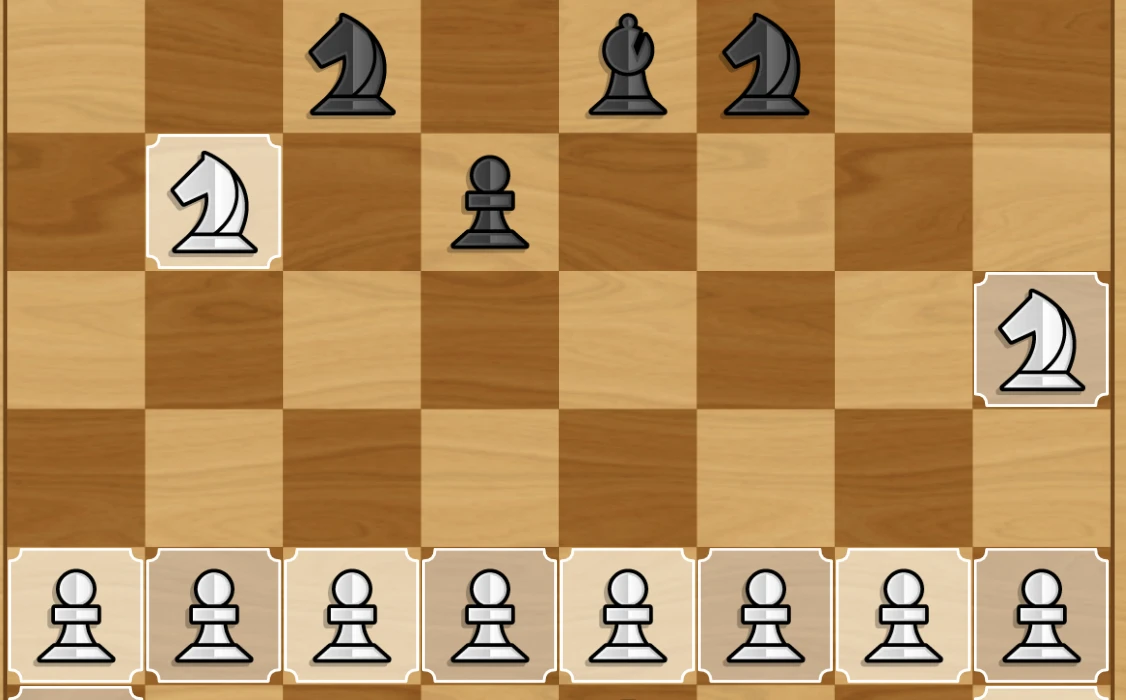
Perhaps the most effective strategy for using Knights is to develop ‘forks’. A fork is when you attack two opponent pieces at the same time. While it is possible to do this with other pieces, the Knight is best equipped for it because its unique movement also reduces its vulnerability during such tactics.
A successful fork attack means that the opponent can subsequently only move one of its pieces out of danger, meaning you are guaranteed to take a piece. If you can attack a Bishop along with a Rook or Queen, the fork will be an effective move even if you subsequently lose the Knight. After all, you will be winning a piece that has the same value or greater.
The fork attack is also effective for Knight movement as it can move backwards in an ‘L’ as well as forwards.
Another great strategy, which is unique to the Knight, is the ‘smothered mate’. This is when checkmate is achieved by trapping the enemy King behind its own pieces. For example, if the King is in A8 but has pieces in A7 and B7, as well as a Rook in B7, it cannot get out. So, placing the Knight at C7 would cause ‘smothered mate - assuming the opponent can’t take the Knight with another piece.
Similarly, if the enemy King is stuck in a two-square location, a double Knight attack could cause this type of checkmate.
More commonly, though, Knights are used to take higher-valued opponent pieces and cause opponents to retreat and rethink their attacks. When the Knight moves to a square where it can take the opponent’s piece without coming under attack itself, the opposing player has to abandon their attack. Suddenly, the momentum changes and is with the Knight user.
Defending Against the Knight
In addition to using your Knights well, it’s important to stop your opponent from gaining an advantage from using theirs. Whether it’s a standard Chess board or aChristmas-themed Chess game, the key is to remember that the Knight always alternates from one colored square to the other.
With this in mind, it is possible to successfully defend against the Knight by using your Bishop (or Queen) to cut off the Knight’s moves. When the enemy Knight is on a black square, for example, moving your Bishop to a white square can significantly reduce the number of moves open to the opposing Knight. By overcoming this threat, you can then focus on your attacks or move around other sections of the board.
Ultimately, though, the Knight is a piece that all players should look to optimize as it can make all the difference between success and failure. It does take time to learn how those moves can be incorporated into a strategy, but testing out some tactics against AI opponents before taking your skills online against other humans should serve you well.
Seasonal Chess Games
More Games
Chess News
Disclaimer
DISCLAIMER: The games on this website are using PLAY (fake) money. No payouts will be awarded, there are no "winnings", as all games represented by 247 Games LLC are free to play. Play strictly for fun.

































